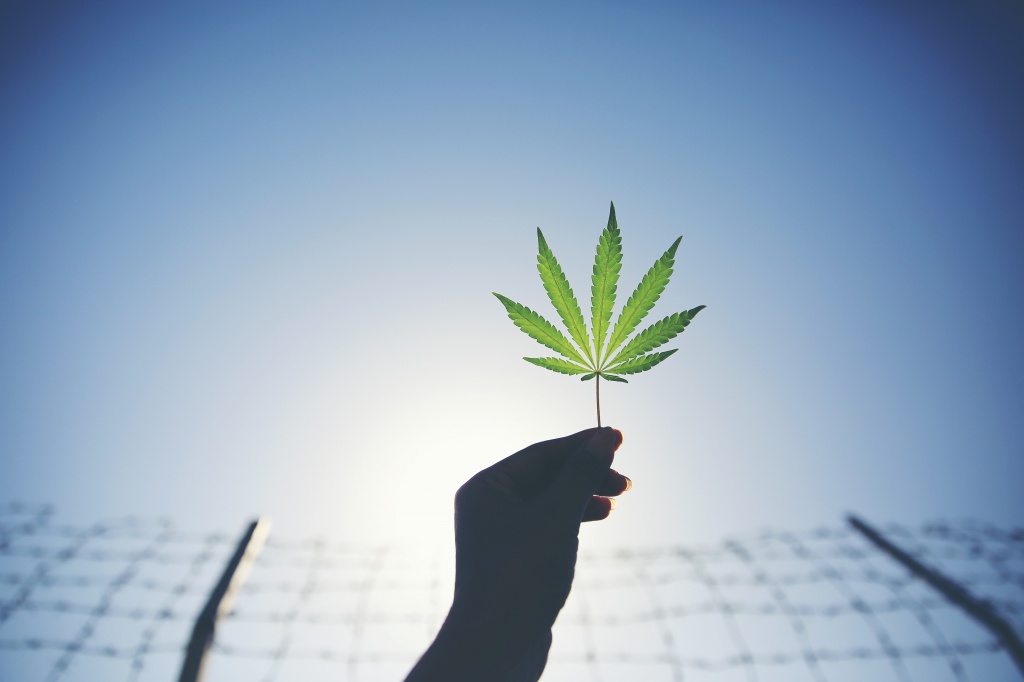Commentary: New York can’t afford to get cannabis legalization wrong

When it comes to marijuana legislation in New York, it appears the stars have finally aligned. It’s no longer a matter of “if,” but of “how” the laws will change. While the governor and legislative leaders have committed to establishing a system to allow the legal regulation of adult-use marijuana sales this year, one thing is clear: All plans are not created equal.
All sides agree in principle that marijuana legalization must undo the decades of pain inflicted upon the communities of color hit hardest by the war on drugs. Indeed, in his State of the State address, Gov. Andrew Cuomo said marijuana reform must “directly support the individuals and communities that have been most harmed by decades of marijuana prohibition.”
But the governor’s commitment to delivering justice seems to be a game of smoke and mirrors. Hypocritically, his plan would actually increase criminal penalties for certain low-level marijuana offenses. For anyone concerned about ending overpolicing and overincarceration, this proposal is a step backward.
According to the governor’s plan, marijuana would be legal to purchase and possess for adults 21 or older. But selling any amount of marijuana to an individual under 21 would become a class D felony, punishable by up to 2.5 years in prison. Currently, this is a misdemeanor, carrying a maximum of three months in jail. But under the governor’s ramped-up penalties, two 20-year-olds sharing a joint could face felony charges (for comparison, the penalty for selling alcohol to a minor is a misdemeanor).
Presumably, the governor’s aim is to reduce youth marijuana use – but this is the wrong way to achieve that goal. In other states that have legalized marijuana, use among young people remains the same compared with prior years. Some studies have even shown that ending the prohibition of marijuana sales for adults leads to a decline in use among people under 21.
Another provision in the governor’s plan would criminalize the possession and sale of any amount of “illicit” marijuana – or marijuana that’s untaxed and unregulated. So buying a joint from anyone who doesn’t have a license to sell could land you in jail for a year.
The answer to ending overpolicing and overincarcerating is not more policing and more incarceration. A proposal to make marijuana legal should not result in making marijuana more illegal than it currently is.
Harsh penalties for drug offenses have led to the criminalization of Black and Latinx New Yorkers for decades. Even now, as prosecutions for marijuana use have dropped in many places across the state, communities of color are still disproportionately targeted for arrests and summonses compared with their white counterparts – despite similar rates of use across races. In the first half of 2019, 75 percent of individuals arrested in low-level marijuana cases were Black or Latinx, despite the fact that these communities represent just over 30 percent of the state’s population.
The governor’s plan is not all bad, but a far better solution already exists. Sponsored by Sen. Liz Krueger, D-Manhattan, and Assembly Majority Leader Crystal Peoples-Stokes, D-Buffalo, the Marijuana Regulation and Taxation Act creates a legal marijuana framework that brings meaningful equity to overcriminalized communities without establishing new penalties that will almost certainly lead to racial disparities in enforcement. This bill includes a revenue lockbox that permanently sets aside future marijuana tax dollars for community reinvestment, drug treatment and other services.
With New York on the cusp of legalizing marijuana, we can’t afford to get this wrong. The path forward is clear: Instead of pursuing harsher penalties and complicated funding half-measures, the governor should put his energy into ensuring that the MRTA is passed and signed into law as soon as possible.
Eli Northrup is policy counsel at Bronx Defenders.